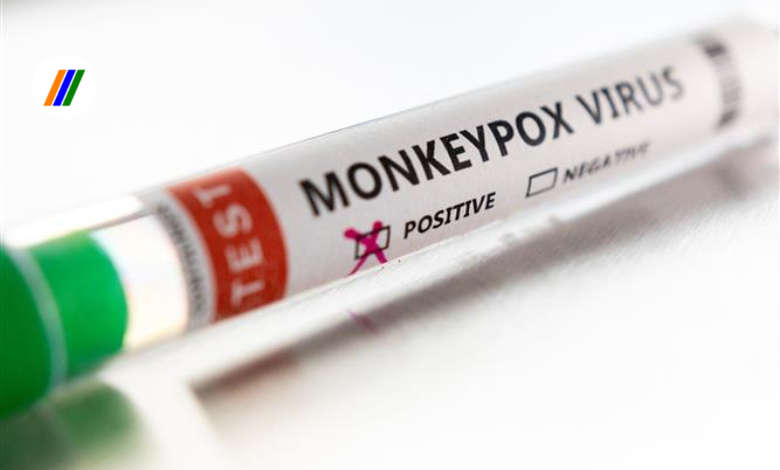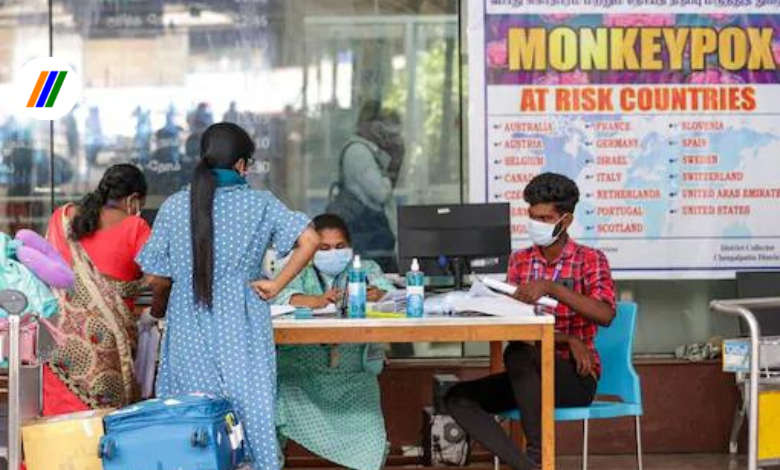Explained: All you need to know about Monkeypox, after Global outbreak Monkeypox has now reached Delhi

- Infected Monkeypox patient is Indian and has no history of International Travel.
Monkeypox has reached Delhi now, after three cases earlier reported in Kerala. Most shocking factor is the fourth case reported in India has no International travel history.
Contents
Monkeypox affected patient details in Delhi?
A 31year old man from West Delhi was admitted in Lok Nayak Hospital for being suffering from fever and rashes since last 2 days. After knowing that the patient had Monkeypox, was immediately separated into isolation ward. He has tested Moneypox Positive. Hospital staff also informed that he is being symptomatic treatment.
Where did he get the infection?
No such proof of document has been registered but person did not travel out of India. Whereas before he fell sick, he travelled to Himachal Pradesh. This is the first case of Mokeypx with no international travel history, earlier all three cases had international travel history which was assumed to be imported. Not only Delhi but India need to take precaution, as this 4th case of Monkeypox with no international travel history suggests local spread of infection within India.
How does Monkeypox spread?
A viral virus known as monkeypox mostly affects humans but can also pass between people. By coming into close contact with someone who has the rash, monkeypox can be passed from one person to another. However, as cases are now being identified in men who have sex with other men (MSM), researchers are also investigating whether the illness is sexually transmissible.
Other than the potential for sexual transmission, it is recognized that the main method of human-to-human transmission involves huge respiratory droplets. According to the Union Health Ministry, Monkeypox can be spread both directly by touch with bodily fluids or lesion material as well as indirectly through contact with infected clothing or bedding.
What are the symptoms of monkeypox?
The viral virus, which causes smallpox, and the vaccinia virus, which was used in the smallpox vaccine, are also members of the genus orthopoxvirus, which also includes the virus that causes Monkeypox. The symptoms of Monkeypox are less severe than those of smallpox.
Fever, headache, muscle aches, back discomfort, low energy, swollen lymph nodes, and two to three-week-long pox rashes are among the most typical symptoms of Monkeypox. Pneumonia, secondary skin infections, disorientation, and vision issues are some of the infection’s side effects.

Can you die of the disease?
Monkeypox is not so dangerous and are infected patient will not die with the disease. Monkeypox is mainly known as disease with time-limit, as this disease will resolve itself on its own, and will leave no long term harmful effects on a patients health. Rather it be a Adult or Children with strong immune systems will not be much affected with this disease. But children’s or those with weak immune systems must be careful, as carelessness can lead into severe infection.
As of now all three patients that were found in Kerala (those who arrived in state from the United Arab Emirates) are stable in Hospital.
How bad is the global outbreak?
Monkeypox has been classified as a public health emergency of international concern by the World Health Organization as of this past Saturday. More than 16,000 instances have been reported from 75 different countries.
However, the smallpox vaccine, which elder Indians have had vaccinations for over the previous few decades, protects against monkeypox and offers durable immunity. In India, smallpox was eliminated in 1977.

